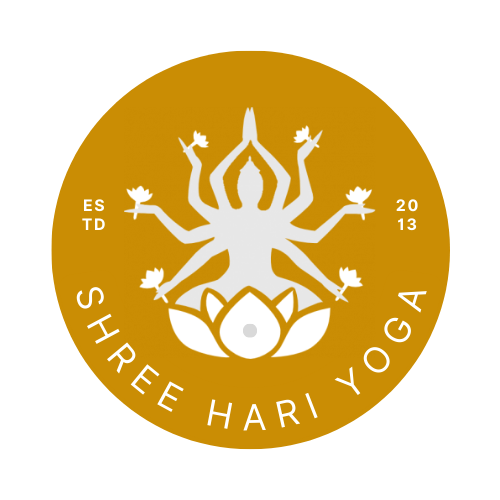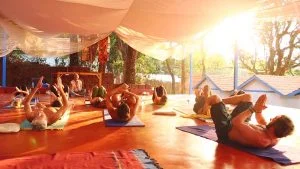Table of Contents
ToggleWhy India Is the Ideal Destination for Yoga Retreats
India is the birthplace of yoga. If you’re passionate about yoga and looking to deepen your practice—mentally, physically, and spiritually—there is no better place to be. Whether you’re a beginner or an advanced practitioner, India offers an authentic and immersive yoga experience that is hard to replicate anywhere else in the world.
1. Yoga in India Is Authentic and Holistic
While yoga is now practiced globally, its original philosophy has often been diluted in the West. In many countries, yoga has become a fast-paced workout aimed at burning calories or building strength. But in India, yoga is a way of life.
Yoga in India includes:
- Ethical living (Yamas and Niyamas)
- Breathing techniques (Pranayama)
- Meditation (Dhyana)
- Mindfulness and awareness
- Spiritual growth
Here, asanas are tools, not goals. They’re used to prepare the body for stillness and deeper states of consciousness.
2. Deep Spiritual Roots and Ancient Traditions
India has practiced yoga since the 7th century BCE. The long-standing tradition allows students to connect with yoga’s spiritual origins. Practicing in India lets you:
- Learn from authentic, lineage-based teachers
- Understand the eight limbs of yoga (Ashtanga Yoga)
- Explore sacred texts and philosophies (like the Yoga Sutras of Patanjali)
India is more than a place to stretch—it’s where you transform your perspective and energy from within.
3. Ideal for Beginners and Advanced Practitioners
India welcomes everyone—no matter your experience level. Whether you’re brand new to yoga or want to refine your practice, there are countless retreats and ashrams offering:
- Beginner-friendly courses
- Intensive teacher trainings
- Spiritual immersion programs
No one judges your flexibility or balance here. What matters is sincerity, consistency, and inner growth.
4. Yoga Is a Spiritual Journey, Not Just a Physical Practice
In Indian philosophy, yoga is not defined by how many poses you can master. It is about:
- Cultivating compassion
- Controlling the mind and emotions
- Living in harmony with yourself and others
Yoga in India teaches you to listen to your body, quiet your mind, and create space for healing and inner peace.
5. Diverse Styles of Traditional Yoga in India
India is home to various authentic yoga styles, each offering a unique approach:
- Hatha Yoga: The foundation of physical postures and breathing techniques, preparing body and mind for meditation.
- Vinyasa Yoga: Flow-based practice linking breath with movement.
- Ashtanga Yoga: Structured sequence of poses that build strength, flexibility, and discipline.
- Iyengar Yoga: Precise alignment and use of props to achieve deeper awareness in each posture.
- Sivananda Yoga: A traditional, holistic form focusing on relaxation, breath, and spiritual growth.
- Kundalini Yoga: Combines movement, breath, and mantra to awaken energy (prana) at the base of the spine and elevate consciousness.
Each tradition is rooted in centuries-old philosophies and practices, guided by highly experienced teachers and gurus.
6. Yoga Retreats and Ashrams in Nature-Filled Locations
From the Himalayas in Rishikesh to the beaches of Goa, India offers serene locations that support inner stillness and reflection. Popular destinations for yoga retreats include:
- Rishikesh (Yoga Capital of the World)
- Goa (Beachside Yoga & Detox)
- Kerala (Ayurveda & Wellness Retreats)
- Dharamshala (Meditation in the mountains)
- Gokarna (Peaceful coastal yoga experience)
Whether you’re seeking spiritual silence or a community of like-minded souls, you’ll find the perfect place to deepen your practice.
7. A Life-Changing Experience Beyond the Mat
Practicing yoga in India helps:
- Break emotional and energetic blockages
- Cultivate mindfulness and purpose
- Learn ancient wisdom and philosophy
- Live more consciously
Yoga in India gives you tools to lead a more balanced, healthy, and fulfilled life—long after the retreat ends.
Conclusion: Why Choose India for Your Yoga Retreat?
India is not just the birthplace of yoga; it’s where yoga is still lived, breathed, and passed down with reverence and depth. If you’re looking for more than just a physical workout—if you want a soul-nourishing, life-enriching experience—then India is the ultimate destination for your yoga journey.





